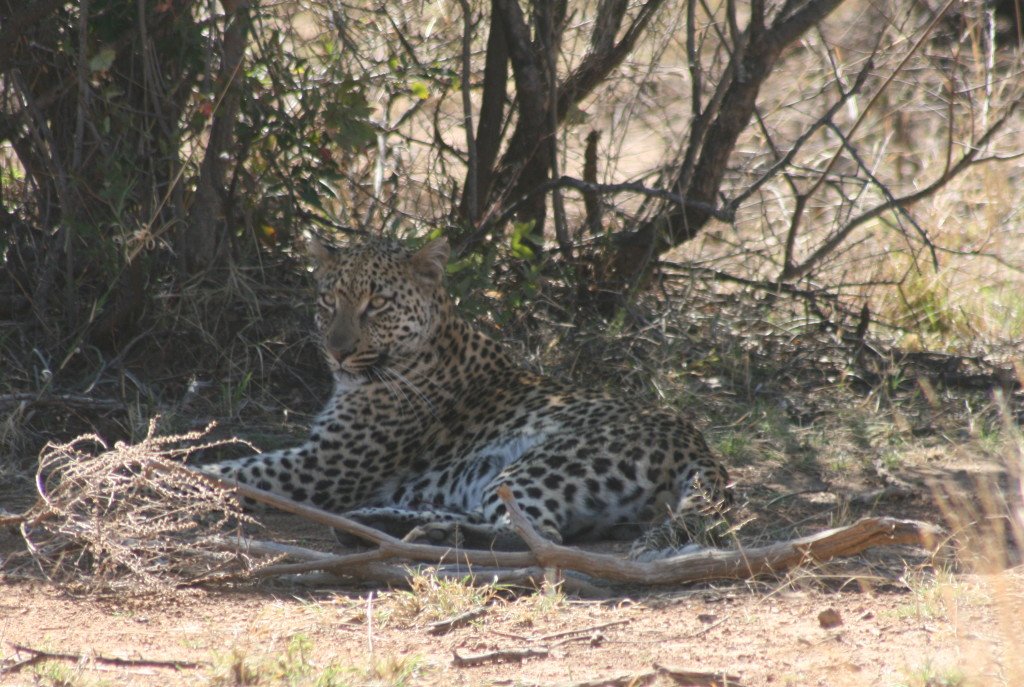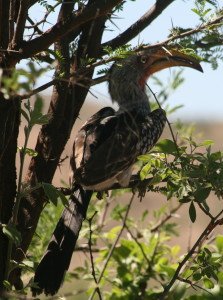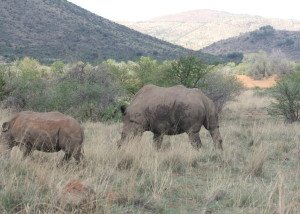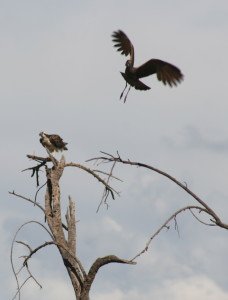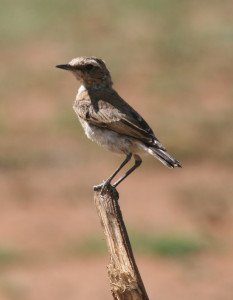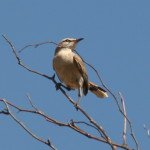Pilanesberg National Park 2
Being in the bush and birding is always such a special time for me, real soul-food, and a time of replenishment before heading back into the hectic ‘real’ world. So I have a small obsession about what my last sighting is, always wanting to end on a high note, preferably with something exotic, something I don’t see every day in my garden.
It is also a source of motivation to stay sharp and keen-eyed at the end of what are normally long, hot days in the bushveld.
Pilanesberg National Park may be one of the most popular reserves in the country and is attached to a tourist hot-spot in Sun City, but it is Big Five country and genuine bushveld. It has a ruggedness about it with its hills lying at angles (after the massive volcanic eruptions that shaped the landscape), its rocky outcrops and the densely-wooded gorges where few people would have ventured.
It is normally also blisteringly hot in summer but this October day had been pleasant: a beautiful sunny day with barely a cloud in the sky and a lovely cooling breeze. The temperature did not get above 31 degrees.
I had concentrated my efforts on the southern half of the park, doing a half-circle from KwaMaritane to Bakubung, and I was 10 minutes from the exit gate when sighting number 53 appeared – a pair of Common Mynahs flying along!
These aliens are all over our towns, cities and neighbourhoods and are considered a scourge in our wild places, like game reserves. So you can imagine my dismay at the very real possibility now that this invasive would be my last sighting of the day … Oh, the horror!
But this was a happy day (it had included a Leopard sighting next to the road) and Mother Nature was kind to me.
Just when I thought the Mynahs would be my last bird, a magnificent pair of Violeteared Waxbills popped up in the bush next to me on the side of the road!
Now these waxbills are really exotic-looking with their incredible combination of violet, red, bright blue and chestnut colours. It is one of my favourites, not only because it is exquisite but also because it eluded me for many years before my first sighting. I even had to put up with my birding colleague Stidy seeing it as a passenger in my car while I dipped on it!
It would have been a dream last bird, but Mother Nature had another trick up her sleeve for me. At Bakubung Gate, amongst the buildings – which I guess make fairly authentic copies of the boulders found on the koppies that are normally their home -were a pair of Mocking Chat.
I had no problem with these cute, somewhat mischievous birds being my last sighting. They are real characters and I watched them a bit before finally departing the peaceful, but wild, hills and valleys of the Pilanesberg.
I was still buzzing though from my Leopard sighting, which had been in the vicinity of Kubu Dam, just before I turned west off the tar and on to the Kgama Drive that goes past Lengau Dam and then rejoins the tar just before the Bakubung Gate.
The Leopard was lying with typical insouciance under a shady bush, about 20 metres from the road, but quite hard to see due to the combination of dappled light and the rosettes on its body. What a gorgeous young specimen it was though.
While the Leopard was, typically, a loner, there were lovely family sightings of 10 African Elephant marching along the flanks of the Magare Hills, away in the distance as the Tsepe Drive turned to the north-west, having skirted along the south-eastern border of the park for nearly 10km from the KwaMaritane entrance.
It was also most pleasing to see three different family groups of Squarelipped Rhinoceros, numbering 10 in all of these critically endangered animals.
The group theme had started at the beginning as I entered KwaMaritane gate and was immediately bombarded by three Blackchested Prinia dashing around and calling loudly in some sort of furore.
Two Greater Kudu youngsters down by the Maritane River were much more peaceful, and some Little Swift were also swirling around merrily, without a care in the world.
Blackcollared Barbets are normally seen amongst the trees at the picnic sites, so it was nice to see one at the hills and plains of the Tshepe Drive. Further down the road, a Kalahari Robin was conspicuous as it posed on top of a bush, behaving more like a Chat. Which is not surprising because the Scrub Robins (Genus Cercotrichas) are in the same Subfamily – Saxicolinae – as things like the Familiar and Mocking Chats, both characteristic birds of the Pilanesberg.
Close by, a juvenile Blackshouldered Kite was also posing nicely on top of a tree,
while both Redfaced and Speckled Mousebirds were in close proximity to each other as the Tshepe Drive crossed the Mankwe River, where, as is often the case, a purposeful Cape Wagtail was doing a thorough inspection.
The Lengau Dam was hosting a big flock of Sacred Ibis, and there were also Redbilled Teal, which I have only seen infrequently in the Pilanesberg.
Where is Pilanesberg National Park?
Sightings list
Blackchested Prinia
Greater Kudu
Little Swift
Blue Waxbill
Blackcollared Barbet
Neddicky
Kalahari Robin
African Elephant
Sabota Lark
Blackshouldered Kite
Rattling Cisticola
Grey Lourie
Redfaced Mousebird
Speckled Mousebird
Cape Wagtail
Cinnamonbreasted Rock Bunting
Glossy Starling
Southern Yellowbilled Hornbill
Blackeyed Bulbul
Impala
Marico Flycatcher
Blue Wildebeest
Helmeted Guineafowl
Giraffe
Redbilled Oxpecker
Natal Francolin
Capped Wheatear
Springbok
Pied Crow
Squarelipped Rhinoceros
Lesser Striped Swallow
Common Waxbill
Longtailed Shrike
Arrowmarked Babbler
Whitebreasted Cormorant
Reed Cormorant
Southern Masked Weaver
Blackbacked Puffback
Laughing Dove
Great White Egret
Browncrowned Tchagra
Warthog
Leopard
Familiar Chat
Plains Zebra
Waterbuck
Blacksmith Plover
Redbilled Teal
Dabchick
Sacred Ibis
Egyptian Goose
African Darter
Common Mynah
Violeteared Waxbill
Mocking Chat
